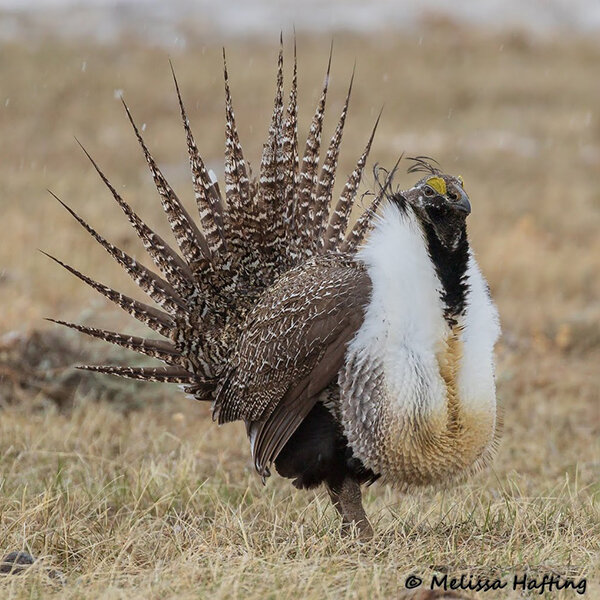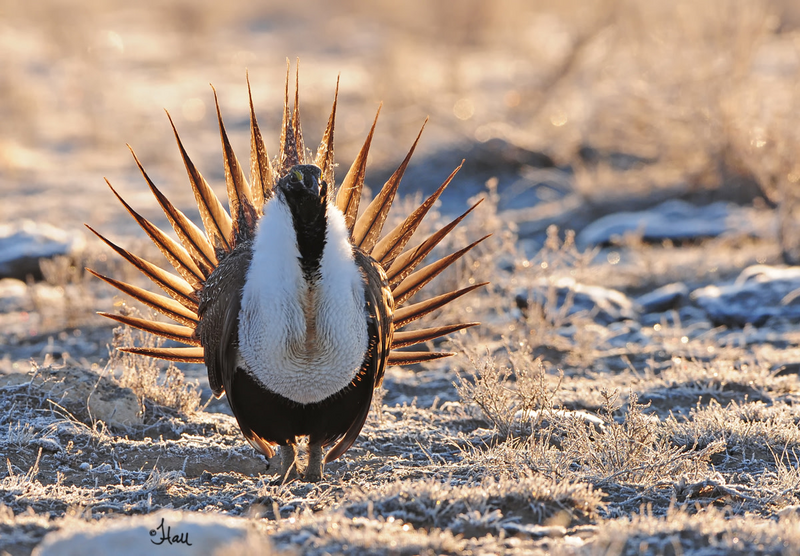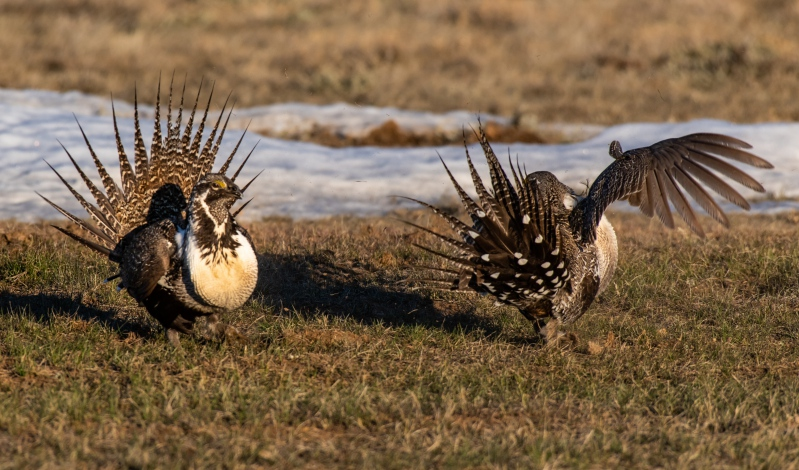Of the United States because this species has been on a rapid decline for a long time, the Fish and Wildlife Service has issued a project to list this species on the list of endangered animals, and specially demarcated 170 thousand acres to create natural habitat.
The “special” bird Worm Thao Tung Ke is about to disappear in the US
Animal conservation groups made the first request for this animal in 2000. WildEarth Guardians wildlife program director Mark Salvo said : This species of Wormwood Tung Ke wants to keep them, it is necessary to have protection measures. Including them on the list of endangered animals that need to be preserved will do a very good job to protect this animal from extinction.”
The American Audubon Association considers the wormwood species to be one of 10 endangered bird species, the Endangered Species Coalition also said that this species is a species. birds in the most dire straits in America.

In the “State of Birds 2009” report by Interior Minister Ken Salazar mentioned, wild animals and squirrel birds are very sensitive to grassland and desert environments in the western part of the country. America, is their stop with the most severe deterioration in the nation.
The wormwood species has to deal with the main environment that is the development of residential, urban and commercial areas, and construction facilities such as roads, power lines, etc., leading to the loss, degradation, and loss of life. degrade and destroy their habitat. These estimates show that the species of wormwood has lost 90% of its habitat.
Steve Holmer of the American Society for the Protection of Birds said: “Putting them on the endangered species list is a special turning point for this bird; With the continuous development and population pressure continuing to increase, the remaining habitat is an extremely urgent protection measure.”
On September 15, 2010, the Fish and Wildlife Conservation Officer decided to put this species of Wormwood Tung Ke on the list of endangered and threatened animals, but it was prioritized by the action options. higher than removed.

The Department has placed the wormwood species on the standby list and placed it in a priority position to know that the wormwood species is at a high level of direct threat. They then signed an agreement with the Center for Biodiversity, the decision to sign in 2012 was not to put the Wormwood species on the endangered list, but not to pass a resolution and need to issue a resolution. decided in October 2013.
As part of the Agreement, the Department of Fish and Wildlife Protection agreed to publish a regulatory plan, to include the species of Wormwood in the list, and to designate important habitats for the species . they.
Taxonomists have been early to classify Wormwood in Greater sage-grouse species since 1970 , but in 2000, the American Society of Ornithologists officially recognized it as new species.
Previously, the distribution of the species of Wormwood was found in Colorado, Utah, New Mexico and Arizona, but now there are only 8 small herds living in southwestern Colorado and southeastern Utah. The number of Tung Ke wormwood has decreased significantly, currently only about 4000 individuals.
In 1980, when he stayed here, the average number of people increased by 70% in the living range of the Tung Lam Wormwood species; Currently the Gunnison River basin is the main habitat of this bird, it is estimated that by 2050, the population may increase to 2.3 times compared to 2005.
Colorado’s Gunnison County estimates that 80 percent of the total wormwood population lives here, and it is estimated that by 2050 the population will also increase to 31,100.
According to the American Society for the Protection of Birds, as the population grows, the number of electrical equipment and metal devices will also increase. Those things can be detrimental to the habitat of this species.

In addition, the source of livestock from neighboring livestock households also directly encroaches on food sources from the lawns of Tung Ke species, grazing cattle also adversely affect the reproduction and rearing of this species.
You Might Also Like











